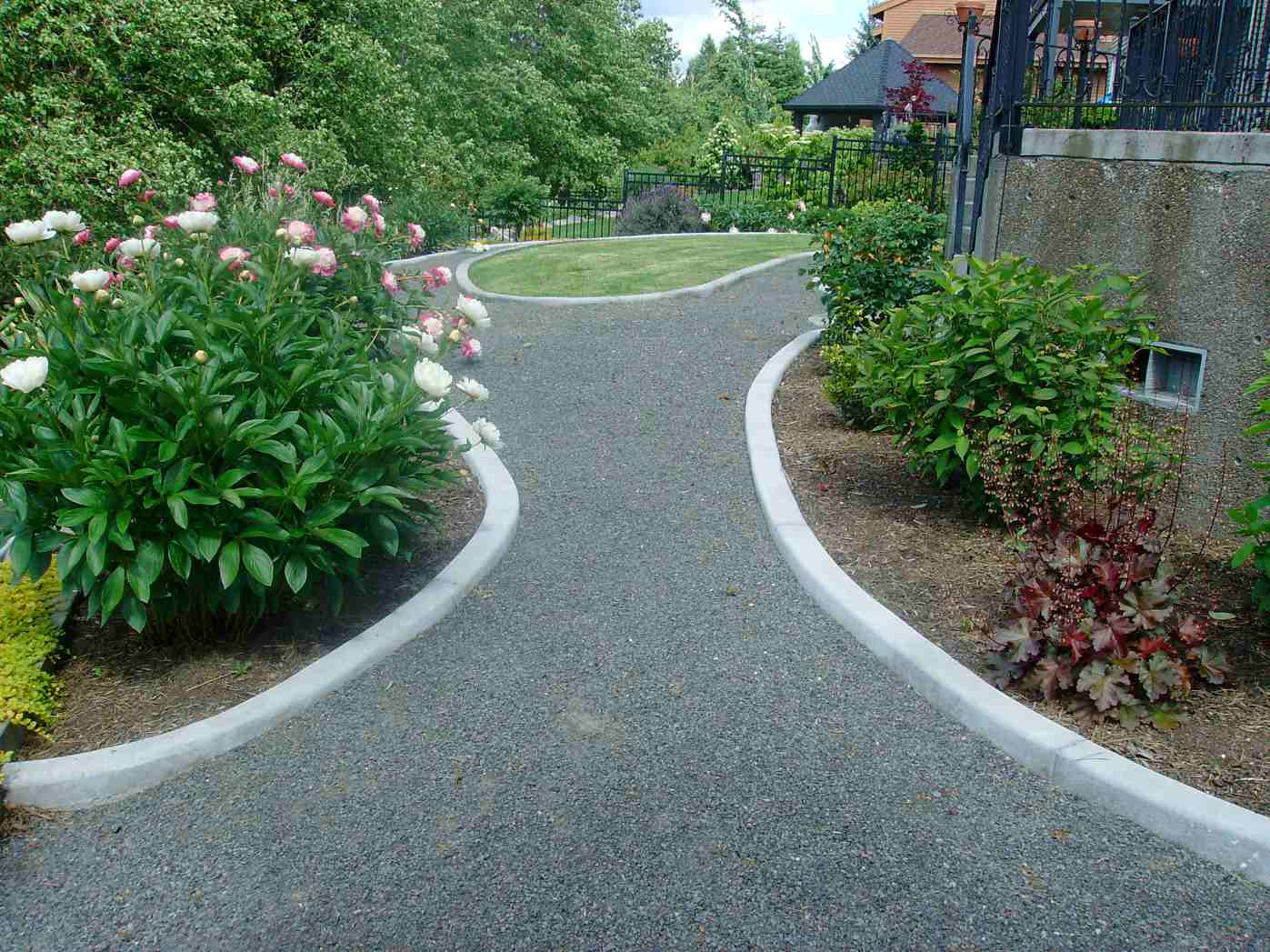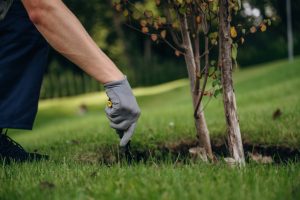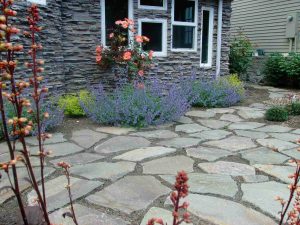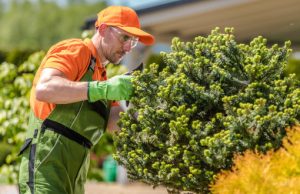A beautiful lawn doesn’t happen overnight—it requires patience, planning, and a bit of hard work. For Portland homeowners, DIY lawn restoration can be both rewarding and cost-effective. Whether your yard is patchy, weed-ridden, or compacted, this guide will walk you through practical steps to bring it back to life.
At Ground Up Services, we specialize in lawn restoration and maintenance, but we also understand that many homeowners enjoy hands-on projects. This article combines expert advice with DIY strategies so you can restore your lawn with confidence.
Step 1: Assess the Condition of Your Lawn
Before diving into seeding or fertilizing, you need to understand what’s wrong with your lawn. Common issues include:
-
Bald patches caused by heavy traffic or poor soil.
-
Weed infestations can suffocate grass.
-
Soil compaction leading to poor drainage.
-
The buildup of thatch, a layer of dead grass, prevents nutrients from reaching the roots.
A soil test is also a wonderful first step. It tells you pH levels and nutrient deficiencies so you can choose the right fertilizer or amendments.
Step 2: Clear the Lawn Surface
Remove weeds, debris, and any thatch buildup using a dethatcher or rake. If weeds are widespread, consider applying an eco-friendly herbicide or manually pulling them. Clearing the surface ensures your new grass has room to grow.
Step 3: Aerate the Soil
Soil compaction is a common problem in Portland due to frequent rainfall and clay-heavy soil. Aeration helps by:
-
Aeration facilitates deeper penetration of oxygen, water, and nutrients into the soil.
-
It also helps to reduce pooling and runoff.
-
Encouraging root expansion.
For small yards, use a manual aerator. For larger spaces, rent a core aerator.
Step 4: Overseed for Full Coverage
Once your soil is prepared, overseeding fills in bare patches and improves lawn density. Choose grass varieties suited to Portland’s climate, such as fescues, ryegrass, or bluegrass blends. Spread seed evenly and lightly rake it in to ensure excellent soil contact.
Step 5: Fertilize and Water Properly
Apply a starter fertilizer rich in phosphorus to encourage strong root growth. Water lightly but frequently until the seeds germinate. Once established, shift to deeper, less frequent watering to build drought resistance.
Step 6: Mow Carefully
When your grass reaches about 3–4 inches tall, it’s time for the first mow. Remember:
-
Never cut more than one-third of the blade at a time.
-
Keep mower blades sharp to prevent tearing.
-
Leave clippings on the lawn to return nutrients.
Step 7: Ongoing Lawn Care
Lawn restoration doesn’t end once the grass sprouts. To keep your yard healthy long-term:
-
Fertilize seasonally based on soil needs.
-
Maintain a consistent mowing schedule.
-
Continue aerating every 1–2 years.
-
Manage weeds before they spread.
For those who prefer professional support, Ground Up Services offers both residential lawn service and commercial landscape construction, ensuring your yard looks its best year-round.
DIY vs. Professional Lawn Restoration
DIY projects save money and offer personal satisfaction, but they require time, equipment, and knowledge. Professionals, on the other hand, bring experience, efficiency, and long-lasting results. If you’re unsure whether to tackle it yourself, consider reaching out for a free lawn care quote.
Final Thoughts
DIY lawn restoration is achievable with the right steps and a bit of persistence. From aerating soil to overseeding and fertilizing, every action contributes to a lush, green yard. But for homeowners looking for expert guidance or time-saving solutions, Ground Up Services is here to help.
Check out our blog for additional tips on lawn care in Portland and practical advice. Together, we can transform your outdoor space into a thriving, beautiful lawn.




